Bengal danio - Devario devario
Scientific name: Devario devario
Common name: Bengal danio
Family: Cyprinidae
Usual size in fish tanks: 7 - 10 cm (2.76 - 3.94 inch)
014
Recommended pH range: 6.2 - 7
Recommended water hardness: 5 - 20°N (89.29 - 357.14ppm)
0°C 32°F30°C 86°F
Recommended temperature range: 20 - 25 °C (68 - 77°F)
The way how these fish reproduce: Spawning
Where the species comes from: South Asia
Temperament to its own species: peaceful
Temperament toward other fish species: peaceful
Usual place in the tank: Top levels
Food and Feeding
The Bengal Danio (Devario devario) is not a fussy eater, making it ideal for various community setups. Its diet should primarily consist of high-quality flake or granulated food, which provides the essential nutrients they need. To enhance their health and coloration, supplement their diet twice a week with protein-rich treats like bloodworms and brine shrimp. Bengal Danios will also enjoy occasional feedings of daphnia or finely chopped live foods, which help stimulate their natural hunting instincts and keep them active.
Origin
The Bengal Danio is native to South Asia, where it inhabits a wide range of freshwater habitats. This species is widespread across Afghanistan, Pakistan, India, Nepal, and Bangladesh, typically found in fast-flowing rivers, streams, and ponds with abundant vegetation. Their natural habitats are often oxygen-rich and have clear, moving waters, which should be replicated in the aquarium environment to keep them comfortable and healthy.
Sexing
Sexing Bengal Danios can be relatively straightforward. Mature females generally have a stockier, more rounded body shape, especially when full of eggs, as their belly becomes noticeably rounder. Males, on the other hand, are slimmer and may display slightly more vivid coloration during breeding times. Observing their body shape and subtle color differences can help distinguish between the sexes, particularly during the breeding season.
Breeding
Bengal Danios are egg scatterers, and breeding them is relatively easy with the right setup. Set up a separate breeding tank with a gentle current and place spawning mops or Java moss as potential egg deposition sites. These fish can spawn in pairs or in groups, depending on availability and preference. After spawning, promptly remove the parents, as they are known to consume the eggs. The eggs will typically hatch within 36 hours, and the fry become free-swimming a few days later. At this stage, feed them Infusoria or other microscopic foods until they are large enough to consume newly hatched brine shrimp.
Lifespan
With proper care, Devario devario can live for approximately 3-5 years in captivity. Regular water changes, a balanced diet, and a suitable tank environment are key factors in maximizing their lifespan and overall health.
Tank Requirements
Bengal Danios are active swimmers and thrive in well-oxygenated, spacious aquariums. A tank size of at least 60 liters (16 gallons) is recommended for a small group of these fish, with larger tanks preferred to accommodate their active swimming habits. Due to their natural tendency to jump, always use a tight-fitting lid. They prefer a tank with a steady water flow, which can be provided by positioning the filter outlet to mimic a gentle current, replicating their natural stream habitats.
Since Bengal Danios enjoy shoaling, keep them in groups of at least six to prevent stress and encourage natural behaviors. A planted tank with open swimming areas, along with some rocks and driftwood, provides them with an ideal environment. Maintain a water temperature between 20-25°C (68-77°F), with a pH of 6.2-7.0, and soft to moderately hard water. Regular partial water changes will help sustain their health and water quality.
Short Description
Devario devario, commonly known as the Bengal Danio or Sind Danio, is a peaceful, active fish native to South Asia. Known for its attractive coloration and easygoing nature, the Bengal Danio is well-suited for community aquariums, especially when kept in groups. Its natural inclination to shoal, along with its preference for well-oxygenated water and an active swimming area, makes it an excellent choice for beginner and experienced aquarists alike. This lively fish can bring a splash of energy and color to any peaceful tank setup.
Pictures
Bought by aqua-fish.net from jjphoto.dk.




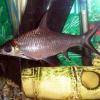 Bala
Bala 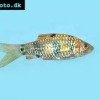 Spotted
Spotted 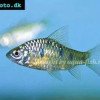 Golden
Golden 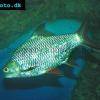 Tinfoil
Tinfoil  Congo
Congo 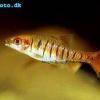 Blue-barred
Blue-barred 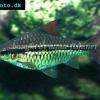 African
African  Butterfly
Butterfly 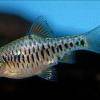 Olivegreen
Olivegreen 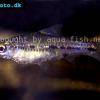 Morse
Morse 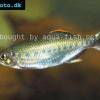 Jerdon’s
Jerdon’s 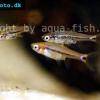 Mosquito
Mosquito 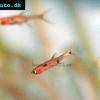 Dwarf
Dwarf 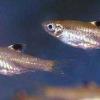 Eyespot
Eyespot 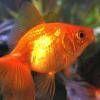 Goldfish
Goldfish  Penguin
Penguin 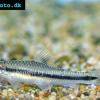 Siamese
Siamese  Koi
Koi 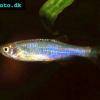 Pearl
Pearl 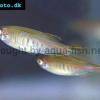 Glowlight
Glowlight 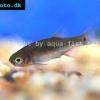 Crossbanded
Crossbanded  Yoma
Yoma 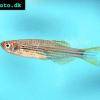 Orange
Orange 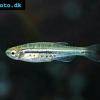 Dwarf
Dwarf 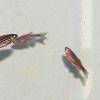 Zebra
Zebra 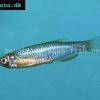 Rose
Rose 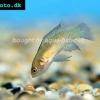 Red
Red 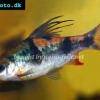 Arulius
Arulius 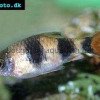 Tambraparni
Tambraparni 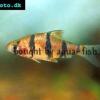 Fiveband
Fiveband 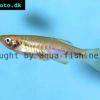 Tiger
Tiger 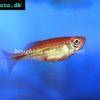 Malabar
Malabar 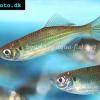 Queen
Queen 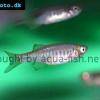 Hora
Hora 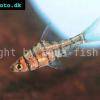 False
False 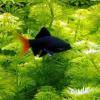 Redtail
Redtail 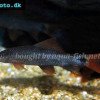 Rainbow
Rainbow 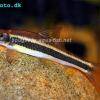 Flying
Flying 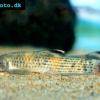 Garra
Garra 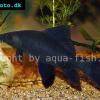 Black
Black 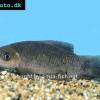 Purple
Purple 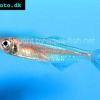 Burmese
Burmese 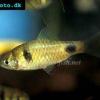 Dwarf
Dwarf  Isok
Isok 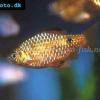 Rosy
Rosy 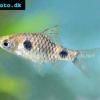 Two
Two 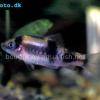 Melon
Melon 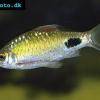 Black-spot
Black-spot 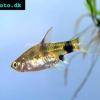 Golden
Golden 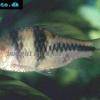 T-Barb
T-Barb 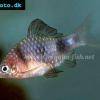 Ruby
Ruby 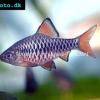 Checkered
Checkered 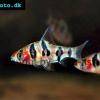 Rhomb
Rhomb 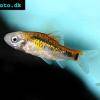 Gold
Gold 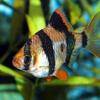 Tiger
Tiger 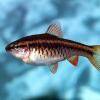 Cherry
Cherry 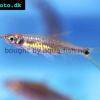 Brittan’s
Brittan’s 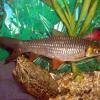 Greater
Greater 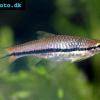 Long-band
Long-band 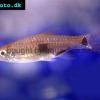 Twospot
Twospot 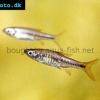 Reticulate
Reticulate 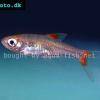 Cherry
Cherry 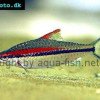 Denison
Denison 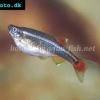 White
White 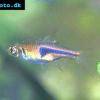 Lambchop
Lambchop 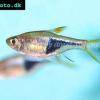 Harlequin
Harlequin